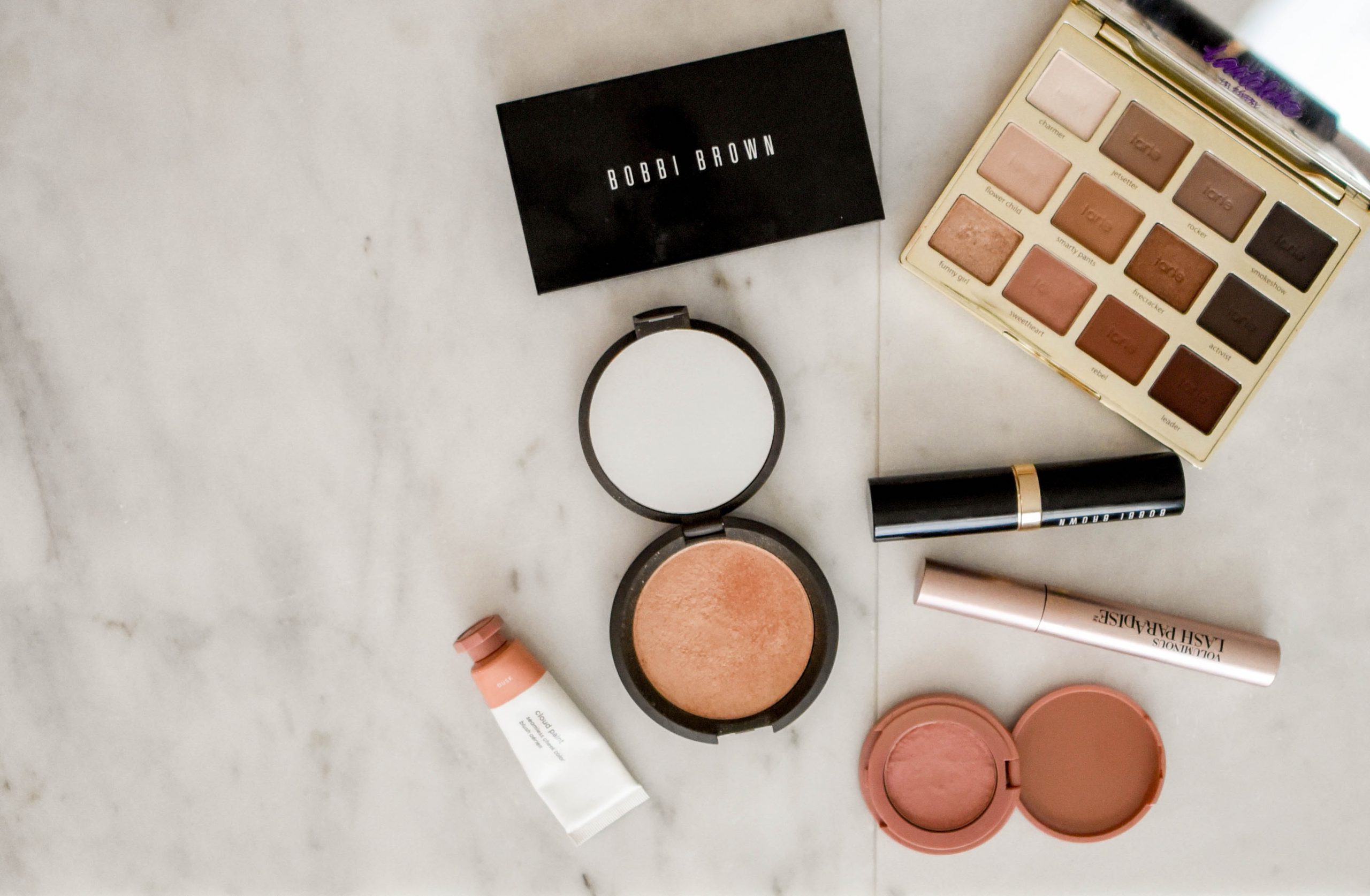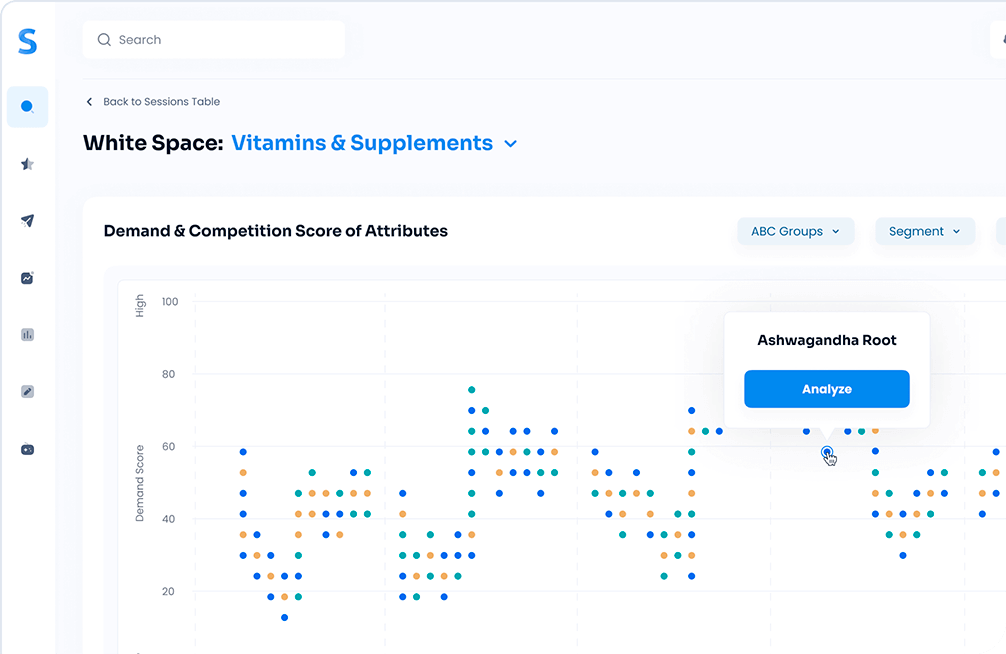Consumers are increasingly aware of what ingredients make up their cosmetic and skincare products. Year over year, there’s been a greater emphasis on natural, unique, and high-quality ingredients. So, in order to stay competitive, brands should capitalize on consumer trends by leveraging innovative ingredients to solve their customers’ everyday problems. Cosmetics brands that choose to stick with tried and true ingredients run the risk of falling behind their competition in an already overcrowded industry.
Using our White Space AI tool, the team here at Simporter analyzed 308 cosmetic ingredients to predict 2023 luxury cosmetic ingredient trends. Our software analyzes social media mentions, consumer sentiment patterns, and search traffic to make highly accurate trend predictions. Data insights like these have proven useful to any business looking to get ahead of the curve.
With more time spent indoors during COVID-19, people wore less makeup and became more particular about what they put on their skin, so these insights are more important than ever. In this article, we’ve summarized 2022’s predicted cosmetic landscape for which ingredients are hot, and which are not.
What do people care about? Predicted Winners.
The graphic below breaks down the top 8 ingredients we believe possess the greatest potential for growth in 2023. Ingredient opportunity scores are determined by looking at both share of voice (how much market share it has) as well as year-over-year growth rate.
Back to basics: High growth potential for clean ingredients
Today’s consumers are keenly aware of what ingredients are used in their cosmetic products to make sure they’re safe and when possible, eco-friendly. The increasing awareness of climate change has pushed consumers to seek out ethical and environmentally conscious products. Not only should cosmetic products make people feel good, but they also need to do good in the process. In fact, 88 percent of today’s consumers want brands to help them live a more sustainable life. Many of 2022’s predicted winning cosmetics ingredients are known to improve skin health, are friendly to the environment, and show impressive triple-digit growth potential.
Aloe Vera
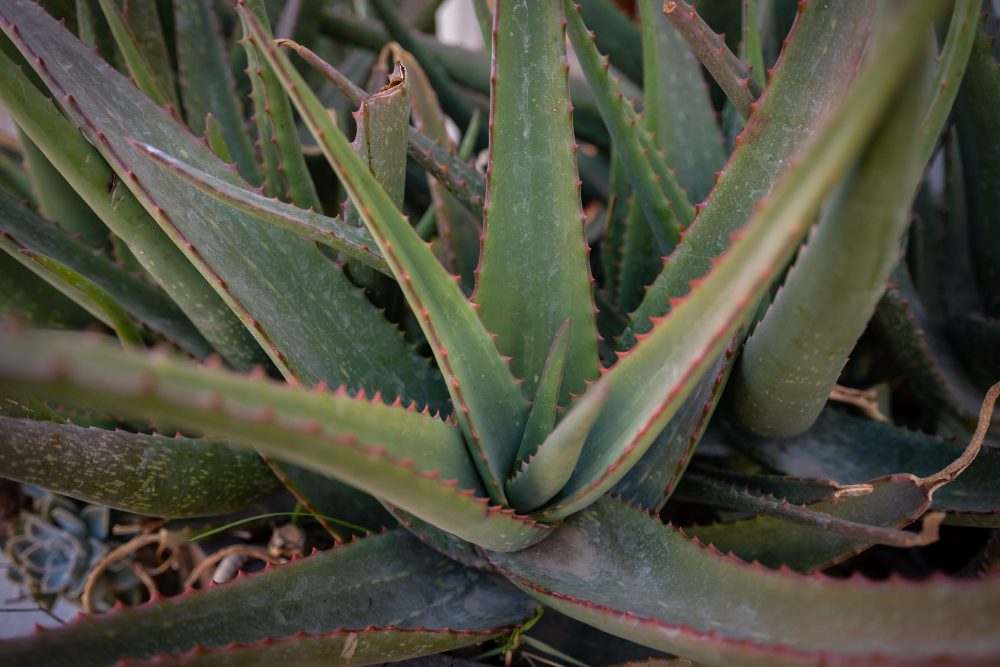
Fan-favorite Aloe Vera tops the list with a 412 percent predicted growth rate. Although with just a mere 0.56 percent share of voice, the ingredient has a considerable leg up on the rest of the list. Consumers love Aloe Vera because it sits at the intersection between clean and natural. It’s chock full of minerals and well-known for its ability to soothe and hydrate the skin, minimize the impact of sunburns, and it can even help reduce acne. People are familiar with the ingredient, know how it can help, and feel satisfied when they use it.
Chia Seed Extract
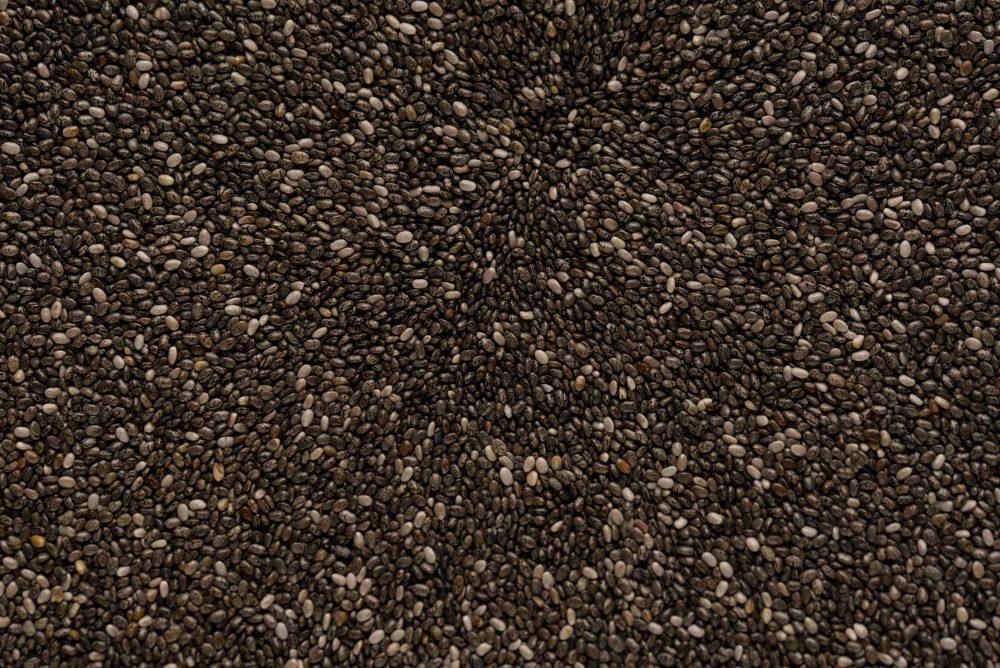
Chia Seed Extract sits right behind Aloe Vera. It’s a rather new ingredient that’s been gaining traction in cosmetics, specifically skincare products. Even with a relatively small share of voice (0.13 percent), the ingredient is predicted to grow 352 percent year-over-year. It contains healthy fats that have been shown to help strengthen and restore the skin’s moisture barrier, which is helpful to those with dry skin conditions. Additionally, it combats the serious danger of long-term UV damage, which is something everyone should be thinking about.

Niacinamide
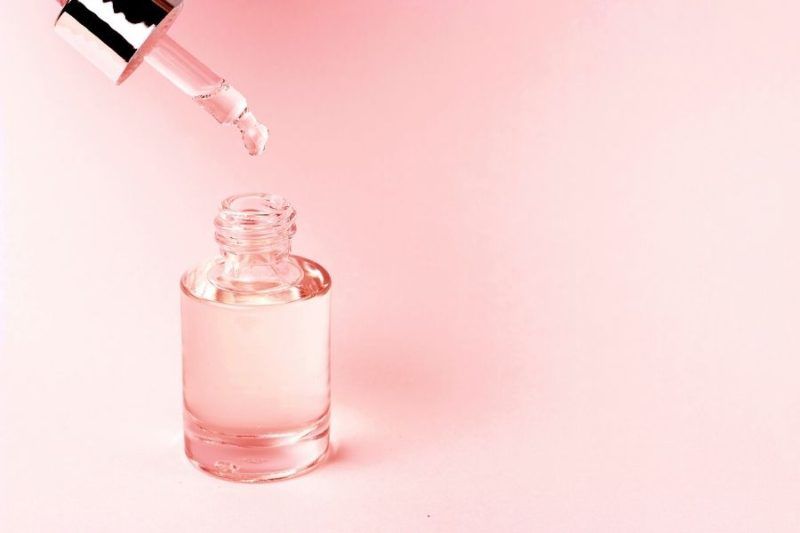
Third on the list is Niacinamide, which is a form of vitamin B-3, an essential nutrient. Topical niacinamide keeps your skin healthy by retaining moisture and regulating oils, which is great for all skin types. Those with severe acne may benefit from using Niacinamide as it’s been shown to help minimize redness and blotchiness. Like Chia Seed Extract, Niacinamide has a small share of voice (0.17 percent) but it is predicted to grow over 377 percent in 2022.
Castor Oil
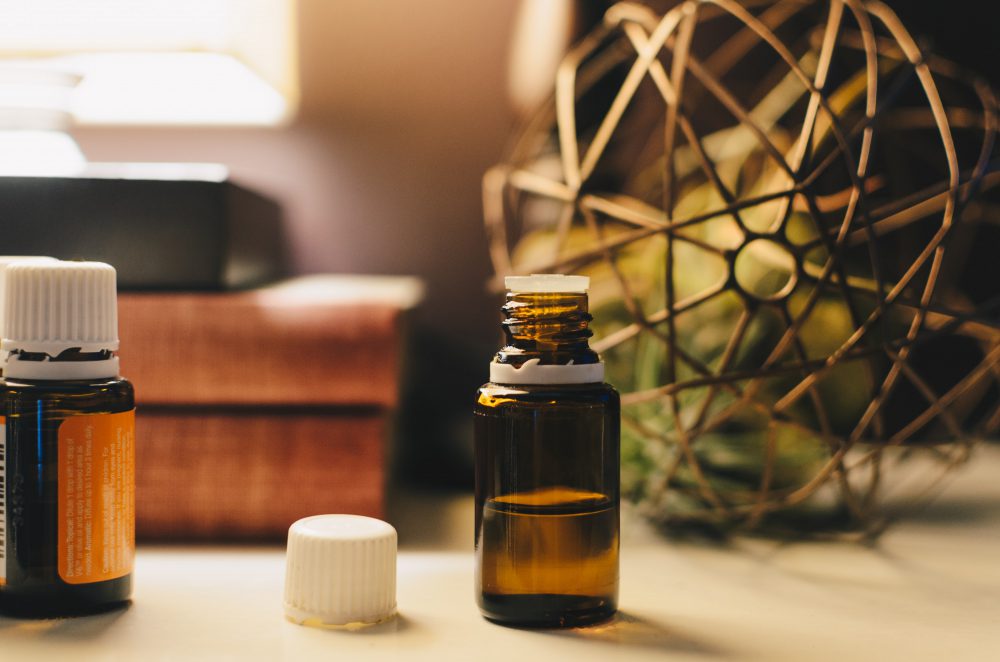
Castor Oil takes the fourth spot on our predicted winner’s list with a 352 percent predicted growth rate. It’s a vegetable oil extracted from the seeds of the Castor Oil Plant, which is primarily grown across Africa, South America, and India. Known for its antioxidant and antibacterial properties, Castor Oil promotes your overall skin health. It’s a perfect naturally-derived solution for preventing wrinkles, combating chronic and acute acne, moisturizing, soothing sunburns, and more.
The bottom half of the predicted winner’s list includes tried and true favorites like Vanilla, Soy Extract, and Shea Butter. These common cosmetics ingredients have topped consumer’s preferences for a few years because of their moisturizing and anti-aging properties, but that doesn’t mean they can’t have another year of accelerated growth. Even with a high share of voice compared to other ingredients on the list, these three are still predicted to see significant growth in 2023.
Seaweed takes the 8th and final spot on our list, but still has noteworthy growth potential for this next year. This cleansing and detoxing ingredient has moisturizing and anti-aging benefits. Because it contains many naturally occurring minerals from the ocean, Seaweed has been shown to help reduce inflammation, which is a huge help for those suffering from skin conditions like acne, rosacea, and eczema.
What’s not worth the hype? Predicted Losers.
As some ingredients gain traction, others may no longer remain as competitive as they’ve been in years past. The graphic below highlights our predicted top 8 ingredients with the lowest potential for growth in 2023.
As consumers look for more transparency behind their favorite products, ingredients like Rose Water, Jasmine, and Cucumber will likely struggle to compete. These three ingredients top the list as the likeliest to lose momentum in 2022, with all expected to see 100 percent or more in negative growth. While very popular across 2019 and early 2020, they’re losing steam as consumers focus on products that are natural, clean, and eco-conscious.
More saturated ingredients such as Rice Water and Retinol round out the bottom of our list. Despite owning the largest share of voice on this list, brands should avoid including these ingredients in new product launches if they want to differentiate themselves from their competition.
It’s evident from our analysis that in order to grow your business in the cosmetics industry, you need to have a focus on quality, sustainability, and ethical sourcing. If you’re ready to see Simporter AI in action and learn what it can do for you, request a demo on our website.
